| Structure | Name/CAS No. | Articles |
|---|---|---|
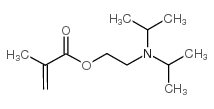 |
2-DIISOPROPYLAMINOETHYL METHACRYLATE
CAS:16715-83-6 |
|
 |
L-(+)-Lysine monohydrochloride
CAS:657-27-2 |
|
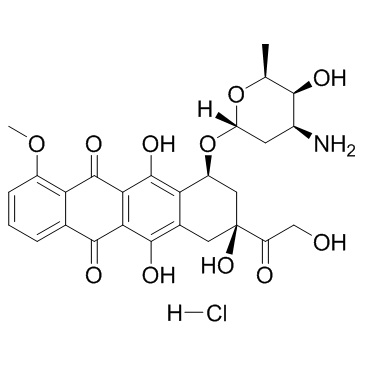 |
Doxorubicin Hydrochloride
CAS:25316-40-9 |
|
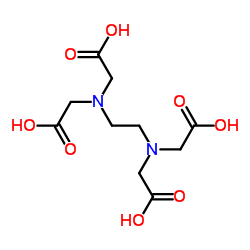 |
Ethylenediaminetetraacetic acid
CAS:60-00-4 |
|
 |
Cupric bromide
CAS:7789-45-9 |
|
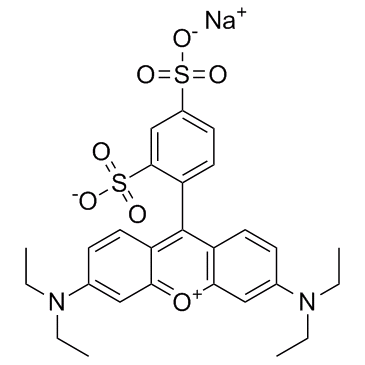 |
Acid Red 52
CAS:3520-42-1 |
|
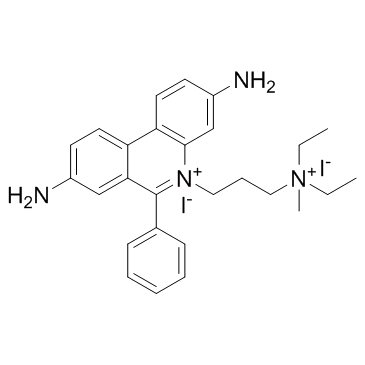 |
Propidium Iodide
CAS:25535-16-4 |
|
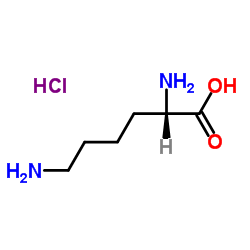 |
L-Lysine hydrochloride
CAS:10098-89-2 |
|
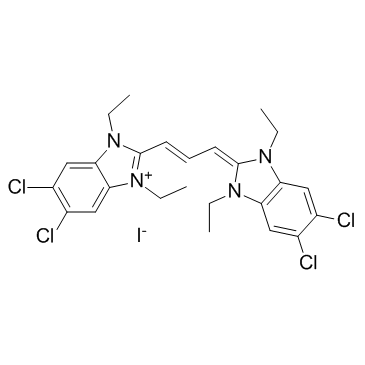 |
JC-1
CAS:3520-43-2 |
|
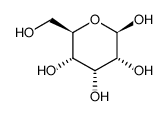 |
Beta-D-allose
CAS:7283-09-2 |